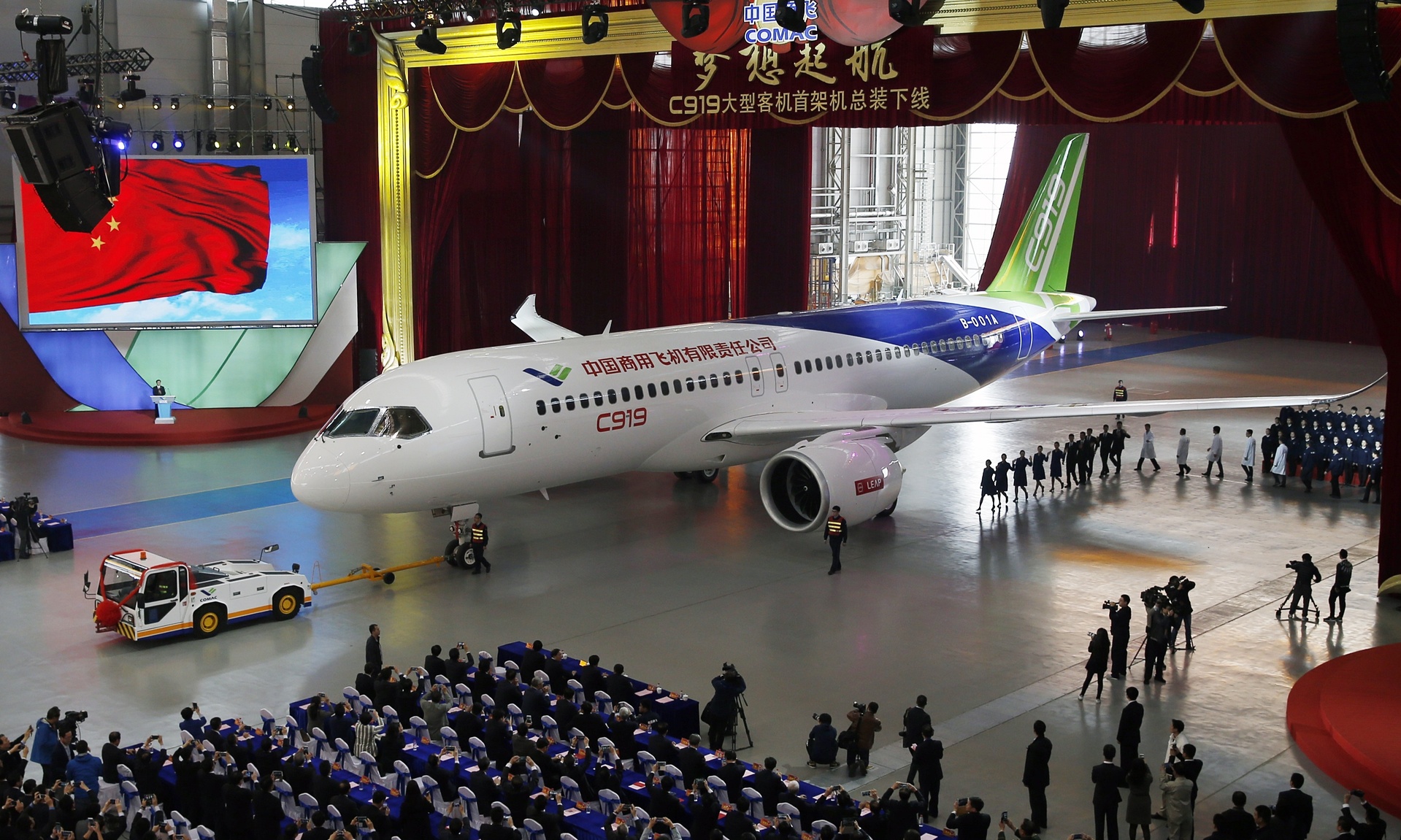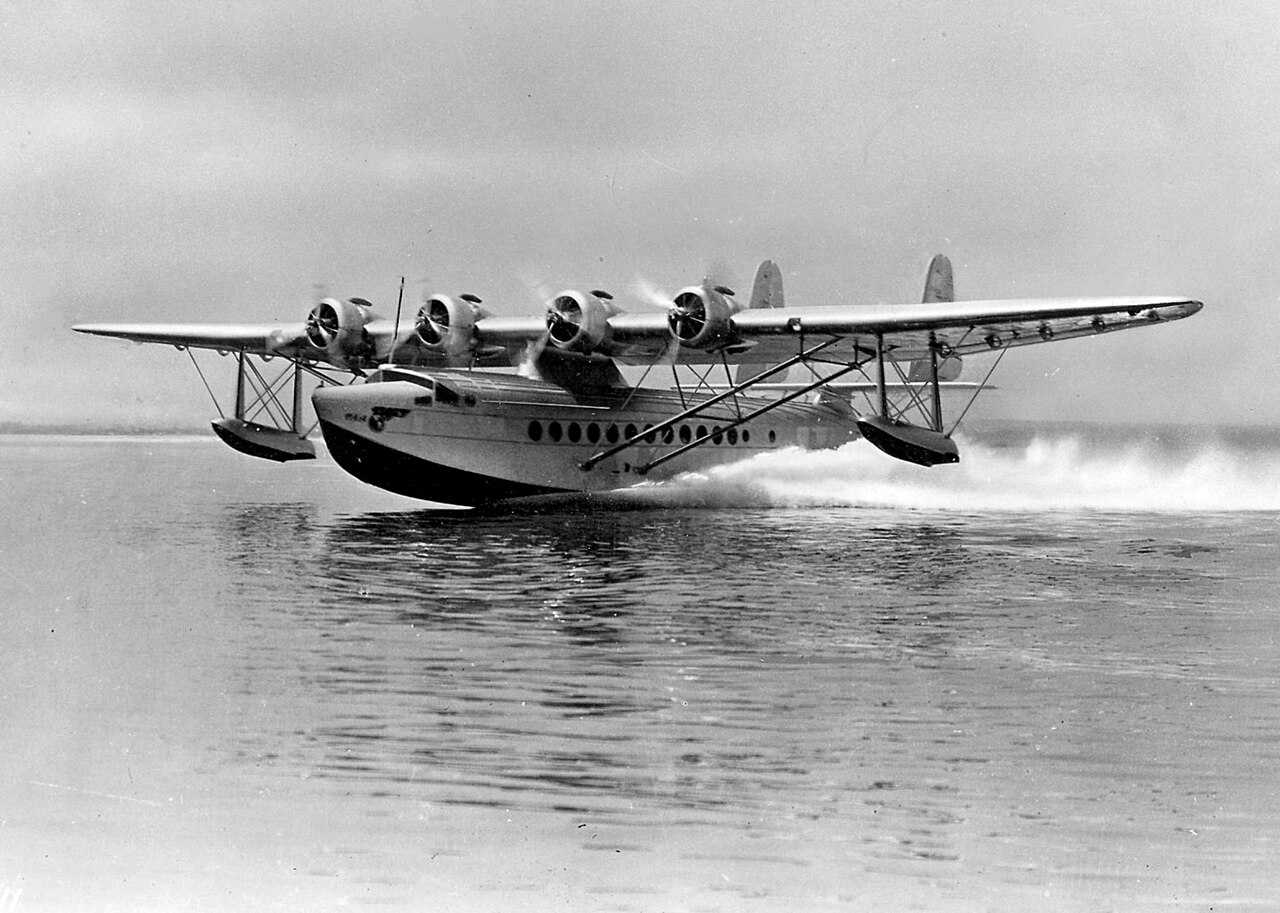I said "appearance" and if you do take a look at the slope of the wings you might be able to see what I am referring to. I was not referring to performance, but apperance. The Tu-144 is much bigger, anyway.
An airplane that functions with or without canards btw. is not superior or inferior. Otherwise we might have to ask the Russians why they chose to have them on the Su-34 but not the older Su-27. Have they developed the plane backwards? Why does the Rafale have Canards when the Mirages as their spiritual predecessors did not require them? Why does the Eurofighter need them? Is it inferior to the F4?
Sorry for these pointed remarks, but be please careful with "true and false" and watch the context.
I'm not sure what exactly you're trying to tell me.
When I say that a canard hints to a less perfect design on a Tu-144 then I'm NOT saying that a canard design is inferior to having no canards. Come on!
Even though it's going further off topic here, what do we have:
A double or ogival delta like you have it on a Concorde and Tu-144 (series version) is there to allow for an acceptable performance over the entire projected speed range - from low speeds for landing to supersonic. If designed as a true masterpiece the center of lift barely shifts with decreasing speeds. If - for whatever reason - the wing is not capable of this, your center of lift most likely will shift aft the slower you go, making the aircraft "nose-heavy" during low speeds. You could either live with HIGH approach speeds or...
The canard on the Tu-144 was there to counterforce this by adding lift front of the CoG at low speeds. The approach speeds still were ridiculousely high on the Tu-144. The Concorde's wing was just about perfect, with less weight, offering great caracteristics over the entire flight envelope and so didn't need such retractable device (adding weight and system complexity)
As you mention Rafale etc.
What do we have there design-wise?
A Rafale (in contrast to a Mirage 2000) was projected to be a multi-purpose fighter to serve for both Aviation embarquée (carrier ops!) and Armée de l’air units.
The canards on the Rafale followed the same design Saab used ealier on their awesome Viggen design.
The prime purpose of those canards is to manipulate (control) airflow on the main wing at high AoA, thus effectively increasing lift/reducing min. speeds while at the same time increasing maneuvering capabilities. Low speeds were required on both to give them short landing capabilities.
Same for Saab's Gripen.
The canards on a Eurofighter again are different as can be seen by their positioning relative to the wing.
The EF is an extremely unstable design (low stability = high agility). The canards are used to max out manueverabilty. The Eurofighter relies on a complex flight control system to keep the aircraft under control. So all inputs (both from the pilot and from sensors) are fed into the FCS which then creates an optimised command going to elevons and canards.
So if you really want to compare the EF to the F-4 design (really?): An EF design wouldn't have been possible in the late 1950's, as the computer power required to control it would have probably filled a house. And as I said above, the F-4 barely had an autopilot to start with... The reason why the F-4 looked like it did is a whole different story.
I'm honestly not sure about the Su-34 canards, but would think their position aims at a mix of both of the above. They are also governed by an FCS allowing extreme maneuvers (making some nice airshow gimmicks) but as well manipulate air flow on the main wing.

